Aiyagari Steady‑State Notebook
Walk‑through of computing the stationary equilibrium in an
incomplete‑markets Aiyagari model
(ConsAggShockModel/AiyagariSteadyState.ipynb).
Shows how to iterate on the capital‑labor ratio and verify market
clearing with a heterogeneous household block solved in HARK.
Useful as a micro foundation for RBC–style general‑equilibrium
explorations or as a warm‑up before adding nominal rigidities.

